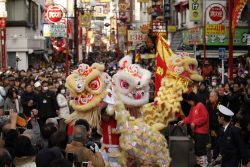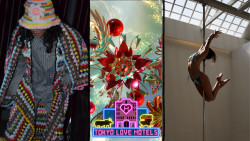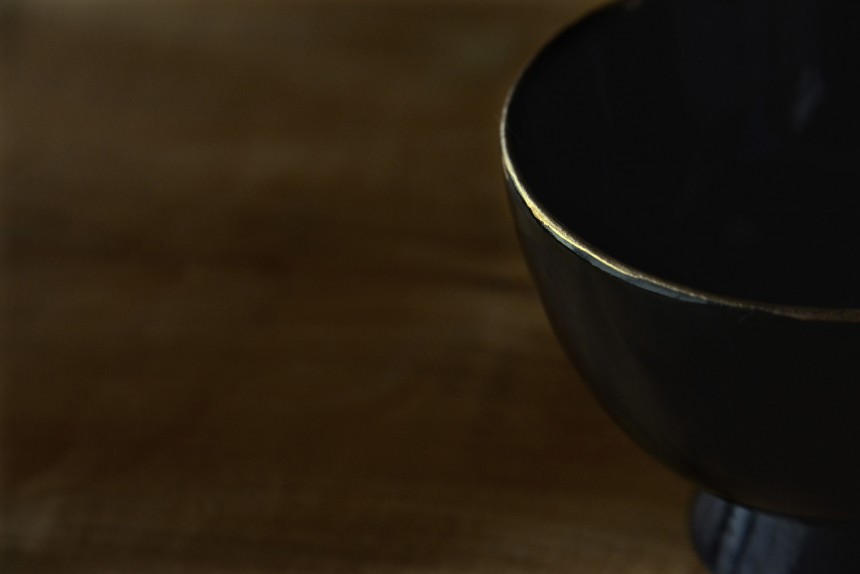
September 4, 2018
In Praise of Shadows
A new translation sheds light on East-West duality
By Paul McInnes
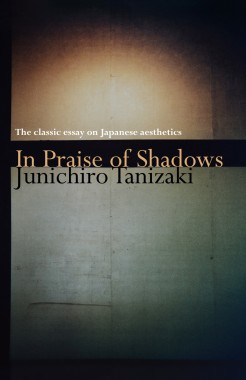
Tanizaki’s seminal work on Japanese aesthetics, originally published in 1933, has had a profound effect on an array of artists and architects over the last century. Tanizaki, a literary giant in Japan, is known more for novels such as Naomi and The Makioka Sisters, however, it’s In Praise of Shadows which keeps cropping up in contemporary artistic chatter, feted by novelists such as David Mitchell and Tyler Brûlé — editor of the much-loved Monocle magazine.
Originally translated by Edward Seidensticker, this new publication translated by Gregory Starr (with foreword by legendary Japanese architect Kengo Kuma) is an attempt to modernize Tanizaki’s classic essay with added photography and design by Andrew Pothecary. Starr has done a sterling job finding Tanizaki’s informed and opinionated voice without disrupting the original narrative.
A curious figure, Tanizaki was caught between traditional, classic Japan and the acceptance of a modern and Westernized society. The publication of In Praise of Shadows was the end result of the irritation he felt with this tension. The antithesis of critic Yukichi Fukuzawa, who looked to the West as a means of enlightening Japan, Tanizaki sought out the shadows of Japanese architecture, noh theater, lacquerware and Japanese toilets as examples of ‘pure’ Japanese aesthetics. Occasionally these come across as vapid examples of nihonjinron (theories of Japanese), the essay is more likely to irk modern readers than persuade them that:
“… when I always think about how different things might be if the East had developed its own scientific civilization, completely independent of the West. For example, if we had our own brand of physics, of chemistry, and if technology and industry were based on these concepts, wouldn’t we have developed differently, and wouldn’t that have resulted in a wide variety of daily appliances, medicine, and arts and crafts that would harmonize more closely with our national character?”
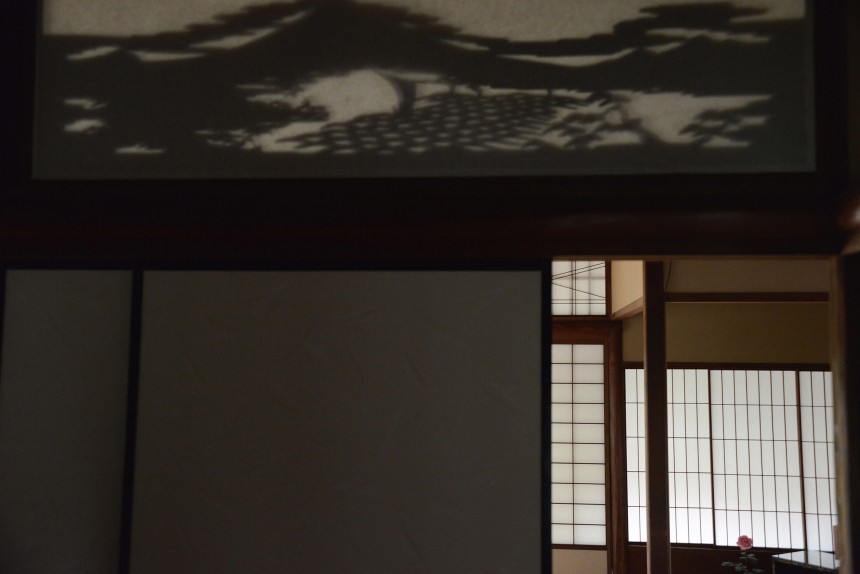
Tanizaki seems to forget that until the Meiji Restoration Japan was a backwater lost in a domestic solipsism, content in its insularity and ignorance of global developments in science, technology and culture. Much like the uyoku (Japanese ultranationalist far-right groups) of today, the idea of returning to a past where the Emperor was deified and civilians suffered on a daily basis isn’t exactly representative of most Japanese who embraced modernity and Westernization without hesitation.
The question which does arise from In Praise of Shadows, then, is what are Japanese aesthetics? What makes them so vaunted and respected? Tanizaki veers to the scatalogical and points to the toilet.
“The tatami room is fine as far as it goes, but it is the design of the toilet that truly soothes the mind and soul. To squat in the faint glow of the light reflecting off the shoji, and surrender to a meditative state or gaze out the window at the garden scenery is a sensation that is impossible to describe.”
The novelist Natsume Soseki once said that the visit to the toilet every morning was one of his great pleasures — “a physiological joy.”
It’s essentially an antiquated and parochial work which separates gender, race and continents without much thought or insight. Tanizaki’s voice, expertly interpreted by Starr, comes across as smug and self-absorbed and doesn’t particularly have any relevance to contemporary Japan, which bathes in light, wallows in plastic waste and systematically duplicates from other cultures in areas as varied as music and fashion to technology and language. Where are the shadows of Tanizaki’s age? Or was it an aging man’s wish-fulfillment to return to a glorious past which may or may not have existed?
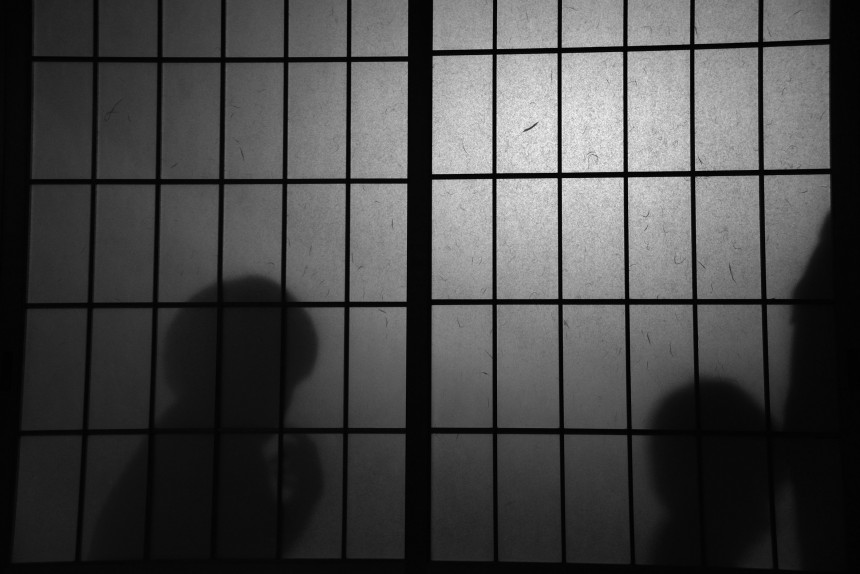
There is, however, another theory: in an article on the website Neojaponisme, by Ryan Morrison, it’s claimed that readers should separate Tanizaki (the man) from the essay’s narrator. Morrison writes of the “ironic reading” which “sees the work as Tanizaki’s satire of the described East-West discourses of the day. This way of reading the work paints Tanizaki…as a principled critic who defiantly mocks his age from behind the mask of his narrator. Readers from this camp insist that Tanizaki believed very little, if any, of the points articulated by his narrator. Instead, they argue, Tanizaki uses the narrator only as a prop to undermine the very rhetoric espoused in the essay.”
Whether readers side with the “ironic reading” or equate Tanizaki with the narratorial voice is really here nor there. In Praise of Shadows is a beautifully written essay full of insight into a cultural heavyweight during the Taisho and Showa eras. For Japanophiles and those who invest in nihonjinron the essay is a real treat. For the more critical and contemporary reader, however, it can read as a futile wish for a utopian past which has no real bearing on the Japan of here and now.

